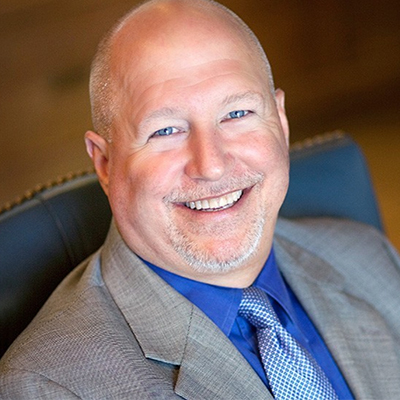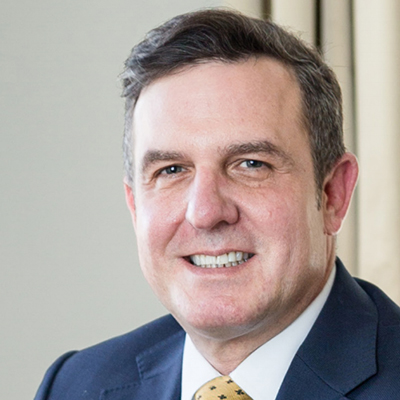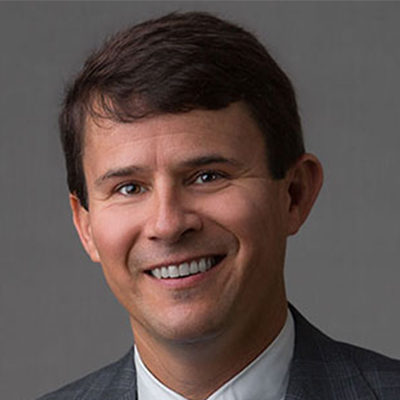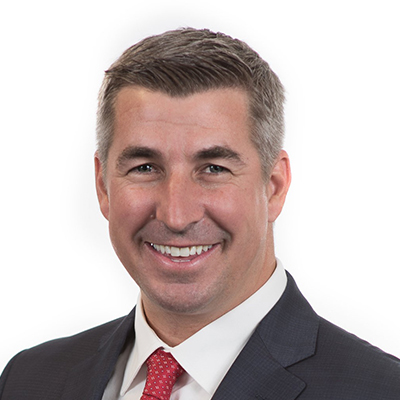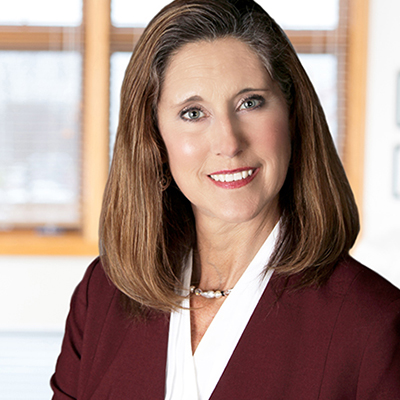Law firms have huge cultural and legacy assumption barriers to overcome in order to become relevant in the new world of e-commerce. Other articles dealing with the change process may be found on the Cobb Consulting web-site: www.Cobb-Consulting.com such as: “Creating A Client-Driven Firm” and “The Toxic Ten Assumptions of the Legal Profession and Your Starting Checklist to Move Out of Them.” Other web-sites covering similar topics are: www.Charlierobinsonfuturist.com and www.cpavision.com.
Using the “Ten Rules of the Change Insurgent” from Robert Reich’s article in Fast Company, this paper will focus on how the ideas from his article directly affect law firms. General Counsel officers have clients too, therefore anything dealing with the comments about the law firm will apply to the staff of the counsel’s office.
THE TEN RULES OF THE CHANGE INSURGENT
- “Manage the Blood Supply” (Pg. 144). Every law firm needs new ideas, new perspectives, and new ways of thinking about its services and its clients. After law firms have defined where they will make investments to create or sustain core competencies, staffing strategies must be developed to keep and acquire only those who will be needed in the future. As the delivery of services are reengineered fewer lawyers are needed and more specialists are required. The reengineering creates a real problem for people focused on producing more hours. Create too little turbulence and people stagnate. Partners, associates and employees need challenges and a leadership that clearly demonstrates to them someone is leading. More importantly, associates and other employees must have a fair chance at succeeding. Therefore all firms must have a process for enabling them to succeed. The mentoring systems in law firms must be completely reinvented.
- “Find, hire, and promote people who make you – and the organization – uncomfortable” (Pg. 147). The people who create the most discomfort are those who have great ideas about the future but are not yet authorized to make suggestions. These are the people who challenge the current thinking and assumptions. They are the people who will be kicking in the door of the partners to ask tough questions.
- “Undermine or subvert ‘relations’ people” (Pg. 148). Don’t let the people who are worried about how the decisions may affect others and sensitive people in the firm. You cannot let such people determine the pace of change because they will come up with too many reasons for not doing anything. They perceive their job as preventing change – eliminating discord and muting the turbulence that will come from the change process. The change insurgent’s alternative? Cocoon them so they do not believe that the changes will affect them or the ones they are concerned about. Create a “test” using those who are willing to change.
- “Conduct heat” (Pg. 148). The objective is to conduct enough heat and smoke to cause change and move people to a new tent without burning down the tent in which they live.
- “Turn the organization’s geeks and administrative staff into change allies” (Pg. 152). There are people in the firm who constantly talk to the clients. Yet, these people do not understand or encompass the vision and core values of the firm. With the inculcation of the vision and values throughout the firm, they will become sales people. Everyone in the firm must become a salesperson pushing
the vision and values of the firm. - “Hold change resister’s hands” (Pg. 152). The change insurgents must show that they are concerned about the resisters while at the same time moving the change forward. The resistors must feel that they will not be threatened by the change process. The change insurgent must show them that they are cocooning them from the immediate changes.
- “Use tough love” (Pg. 154). Sometimes the change agents must lay down the law. If the people who are resisting change do not want to move with the change, they must be told to go with the changes or go to another place to practice law. With the use of a vision and core values, it will be easier to face these partners and associates.
- “New times demand new measures” (Pg. 156). How will law firms now keep score? Firms must move away from the old paradigm of measuring production in billable hours and collections from billing credits. Now firms must focus on the return on the time invested in clients. This is called realization. The return on benchmark rates invested in matters and clients. The volume of hours and leverage does not work without realization. Every change agent must create a scorecard to demonstrate performance and progress.
- “Just do it” (Pg. 158). The bureaucracy of legacy firms will do everything to slow down the process. Every firm needs a revolutionary group of change insurgents that will do something regardless of the barriers raised by others in the firm or by the current compensation system.
- “When you’ve got to go, you’ve got to go” (Pg. 160). Change insurgents are playing a high risk and high reward game. If they succeed, the firm will prosper. If they fail, they need to move away and form their own firm, or affiliate with a firm, that embraces the change process and a new paradigm.
DETECTING CHANGE RESISTERS: ITS IN THEIR TALK
Robert Reich describes nine indicators of resistence that a change insurgent will encounter. Reich likens the natural resistence to a basic law of physics “for every action there is an equal and opposite reaction” (Pg. 150). Here are some examples of what you will hear from the change resistors in your firm.
- “That seems risky.” Of course it is risky but is the risk of change worth it? If realization is the focus, then an improvement in realization will produce improved profits without adding additional billable hours.
- “Let’s go back to the basics.” What are the basics? The old assumptions and paradigms? These assumptions are work and toxic to the future health of the profession.
- “It worked before.” Incumbency is deadly. For every ten operational assumptions that made a legacy firm successful, at least five of them are toxic to the future of the firm.
- “We’re fine just the way we are.” Success always breeds complacency. Complacency always breeds a lack of aggression toward a new future. That insures the death of the incumbency.
- “There’s no threat.” Most lawyers have pre World War II radar to detect the incoming threats. But there are stealth bombers out there. Lack of recognition of the facts does not change the facts. The change insurgent must recreate crises that prove the existence of the pending crisis.
- “That’s not in our core competence.” What most firms believe is their core competence is probably wrong. Why did the railroads not recognize that they were in the transportation business instead of the transportation field? Why isn’t there a Southern Pacific Federal Express? Because they misread their core competency.
- “The numbers don’t work.” Old methods of measuring progress are based upon the old paradigms. Law firm statistics focus on hours worked and billing revenue collected. That short-term view will kill the law firm.
- “It’s a slippery slope. Once we start down that road, there’s no stopping in place. The real message here is “I will not be in control any more.” But the world will continue to change without this person and the people focusing on change own the future, not the old ones who are currently in control.
- “There will be unforeseen consequences.” These are the lawyers who are always looking for the worst possible scenario. Of course there will be unforeseen consequences. But if the firm is a learning organization and enabled, the firm can adapt.
CLOSING THOUGHTS
As a consultant to law firms, general counsels, and other professional service firms I have seen the change agents get buried in the daily activities to the long-term detriment of the organization. Change is coming at professional service firms so fast now that if a firm is not in a constant “change for the better” mode, it will be dead along with the other incumbents.
I have continued to grow over the last 30 years of consulting in the ability to help law firms start and sustain the change process. Any leader realizes how difficult that is when the organization is comfortable and proud of its past successes. But look at the leaders in your profession – they came out of the box and created something entirely new. Here are a few examples:
- A client with a very strong financial group created process map for producing IPO’s for one of their major clients. The map enabled the group to reduce cycle time by 30%, increase volume by 20% and reduce the number of billable hours required to complete the IPO by 20%.
- Linklaters of London has created an expert system to provide very complex legal services that can be accessed through the Internet call “Blue Flag.” Traditionally, a client would hire Linklaters to do a one time survey of the law and produce the resulting memorandum. This would cost approximately £125,000.00. With Blue Flag, that same fee (plus £40,000.00 for annual maintenance) buys access to the same information, for an unlimited number of surveys.
- A group of young leaders and one of the older ones in a large firm decided that the firm was standing still relative to the other service providers in the market. The leaders formed a strategic planning group that documented the firm’s vision, mission, and core values. Using those as a starting point they have been able to bring the rest of the leadership along, rid themselves of some lawyers who could not live with the core values, transition firm leadership, reshape their recruiting and mentoring program, focus on where they will allocate critical resources in services and clients, and improve the bottom line. They are not done but they have created a very strong group of change agents in the firm. Their firm will prosper while others die.
- Many clients have discovered during the assessment process of determining where they should be investing in bundles of services for the market they served that part of the bundle of some services had little to do with providing legal services. They created affiliated businesses to provide the full range of services required by the clients and used the consulting firm to raise needed capital for the enterprise. Unlike most firms, they worked from the client backwards to design the bundle of services required to meet the market need.
A Wall Street Journal article written by Tunku Varadarajan on July 24, 2000 in response the ABA’s decision on the MDP issues titled “Why Is the ABA Afraid of a Little Competition for Lawyers?” described many of your constituents in the profession. To quote the article: “There is a character in ‘The Master-singers of Nuremberg,’ an opera Richard Wagner intended as a benign parable, called Sixtus Beckmesser. He is the embodiment of prejudice against change, a nitpicking guild member who abhors a new challenge, a defender of the barriers that keep safe his cozy status.”
In chairing the two Seize the Future conferences on the future of the legal profession, I heard many great insights. But one in particular stands out, “sometimes the only way to meet the demand of the new economy is to create a new organization that destroys the old organization.”
About the Author
William C. Cobb is the managing partner of Cobb Consulting (WCCI, Inc.) based in Houston, TX. He is a member of LFP&B’s Board of Editors and has been a consultant in strategic issues affecting law firms and general counsel and helps them improve their competitive positions since 1978. The counsel includes the impact of trends on the legal profession; pricing services and alternative billing; practice management; firm governance and structure; partner review, evaluation, and compensation; and other subjects of critical importance to law firm and legal department leadership.





